House London is an insider’s guide to the city’s best architectural transformations
House London is a new book offering a peek into some of the best redesigns of the capital’s omnipresent, historical brick home typology
Anna Stathaki - Photography
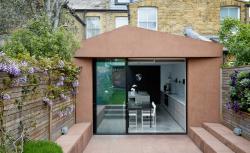
London’s rich and diverse housing stock is enduring and resilient. From Georgian through to Victorian, Edwardian, and 20th century, the capital and its suburbs are home to an array of familiar typologies that have survived bombs and bulldozers, as well as endless shifts in the way we use our homes. Now, a new book, House London, takes the reader on a journey across all this potential, celebrating the humble, omnipresent, and ever-evolving historical brick home typology.
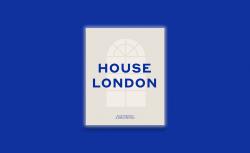
This evolution is where architects come in. Town houses and apartments exist within an endless, roaming cycle of regeneration and refurbishment as economics and demographics change, offering designers and their clients a chance of infinite variety and experimentation within some relatively tight parameters.
Ellie Stathaki, Wallpaper’s very own architecture editor, has plenty of experience seeking out the capital’s best new architecture. In this new monograph, she’s joined by her sister Anna Stathaki, an accomplished architectural photographer.
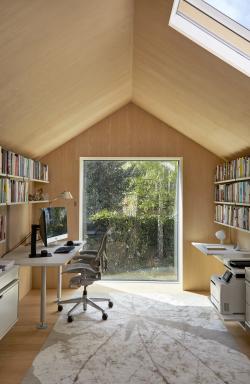
Hampstead House by Dominic McKenzie Architects and Suzy Hoodless
Together, they’ve assembled 50 of the best recent examples of radical home refurbishment, from grand detached houses to industrial apartments and traditional terraces, creating an intriguing snapshot of evolving tastes and innovations shaped by some of the brightest names on the London architecture and interior design scene.
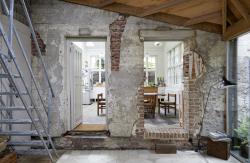
OHSt by 6a Architects
What stands out is the sheer diversity of design approaches on display. Barely two decades ago, the typical London refurbishment had almost become a cliché, a boxy assemblage of white walls, big windows and cookie-cutter minimalism that paid little heed to the original structures.
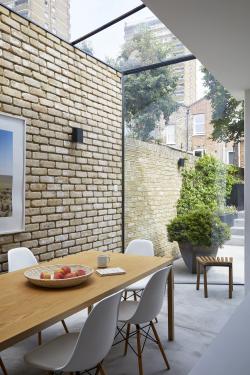
Ellesmere Road by DROO Architecture
Those days have long gone, and the projects in this book are all refreshingly different. There’s still refined modernist rigour, of course, but also experimentation with colour, material, and form, as well as renewed respect for original features.
Refurbishments are still the best way for young firms to cut their architectural teeth, but the book also goes big, with expansive renovations that span the spectrum from postmodernist opulence to set-like intrigue and explosions of polychromatic experimentation.
Receive our daily digest of inspiration, escapism and design stories from around the world direct to your inbox.
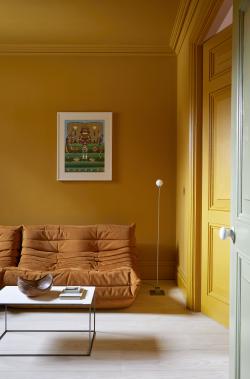
Up-Side-Down House by Collective Works
This is a book about interiors as much as it is about architecture, weaving in owners’ stories and lifestyles alongside the creative process.
The lush photography eschews sterile staging in favour of a more intimate, eclectic mix, and the text is an informative and insightful celebration of design’s rightful place at the heart of the domestic realm.
INFORMATION
House London, Ellie Stathaki, Photography by Anna Stathaki, Frances Lincoln, £35
Frances Lincoln is an imprint of The Quarto Group, QuartoKnows.com
Jonathan Bell has written for Wallpaper* magazine since 1999, covering everything from architecture and transport design to books, tech and graphic design. He is now the magazine’s Transport and Technology Editor. Jonathan has written and edited 15 books, including Concept Car Design, 21st Century House, and The New Modern House. He is also the host of Wallpaper’s first podcast.
-
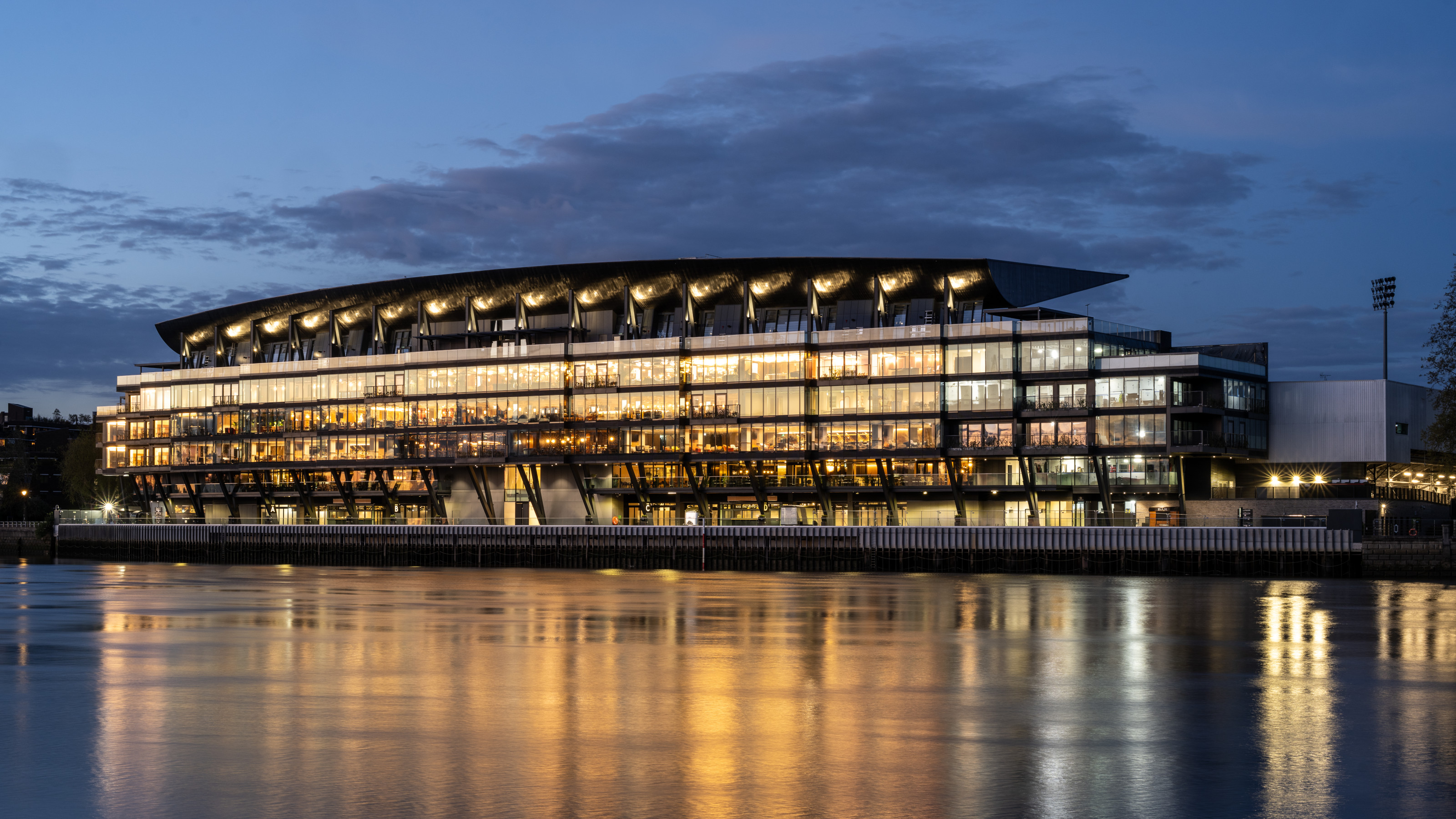 Fulham FC’s new Riverside Stand by Populous reshapes the match-day experience and beyond
Fulham FC’s new Riverside Stand by Populous reshapes the match-day experience and beyondPopulous has transformed Fulham FC’s image with a glamorous new stand, part of its mission to create the next generation of entertainment architecture, from London to Rome and Riyadh
-
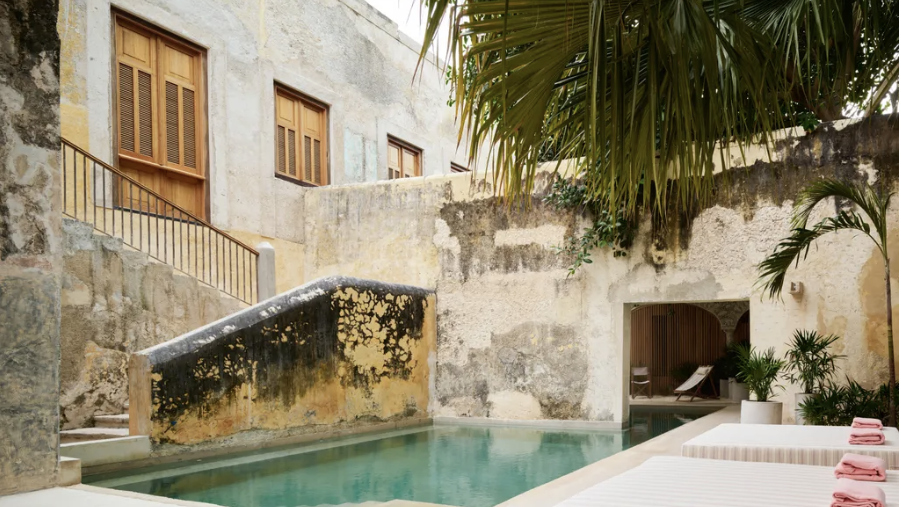 A contemporary Mexican hotel emerges from a 16th-century ruin in Mérida
A contemporary Mexican hotel emerges from a 16th-century ruin in MéridaA renovation project by Zeller & Moye, Mérida’s new Hotel Sevilla wears its architectural interventions lightly, mixing new brutalist elements into listed interiors and a palm-filled courtyard
-
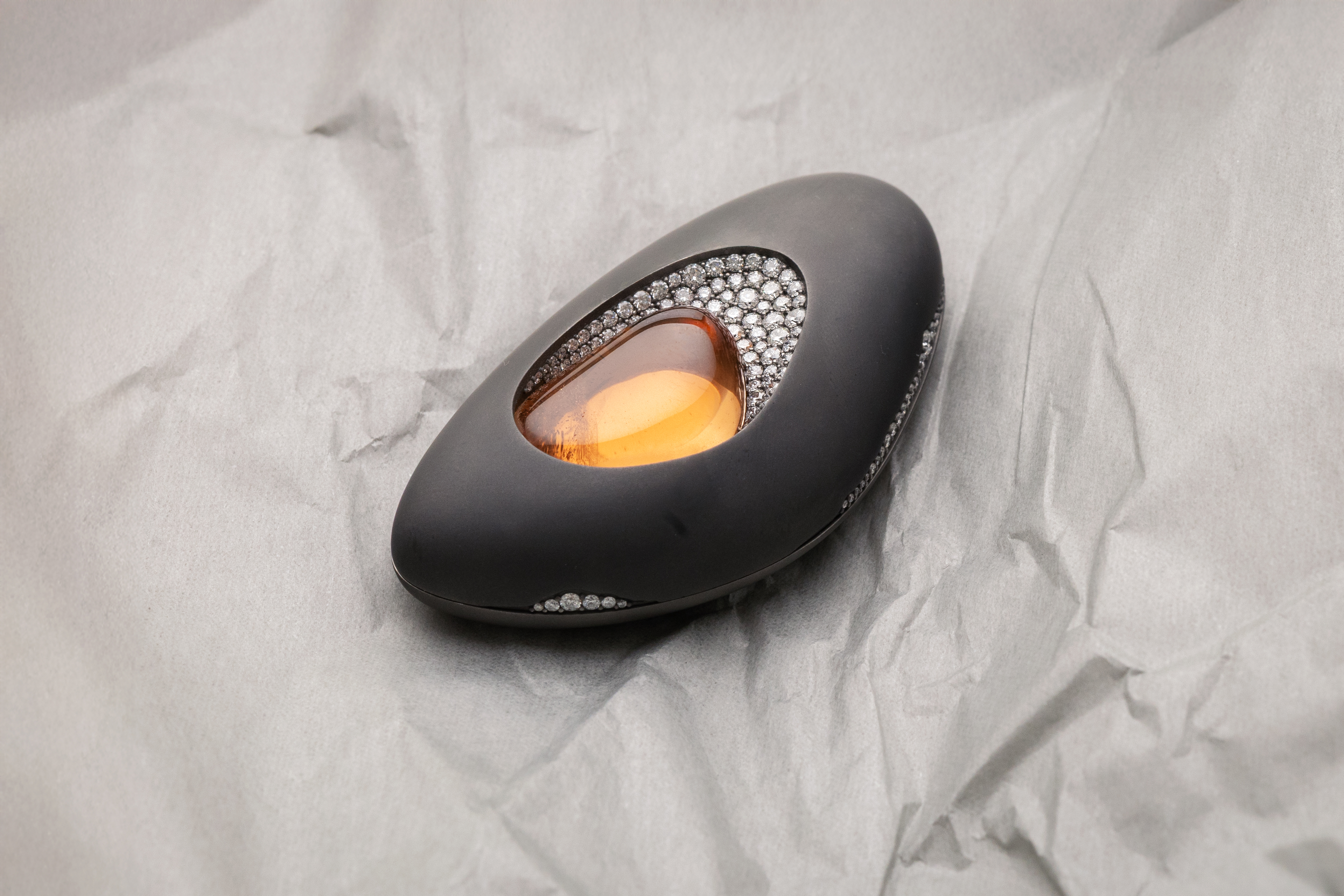 Discover the cool and offbeat designs of jeweller Inesa Kovalova
Discover the cool and offbeat designs of jeweller Inesa KovalovaInesa Kovalova's jewellery celebrates a mix of mediums and materials
-
 Fulham FC’s new Riverside Stand by Populous reshapes the match-day experience and beyond
Fulham FC’s new Riverside Stand by Populous reshapes the match-day experience and beyondPopulous has transformed Fulham FC’s image with a glamorous new stand, part of its mission to create the next generation of entertainment architecture, from London to Rome and Riyadh
-
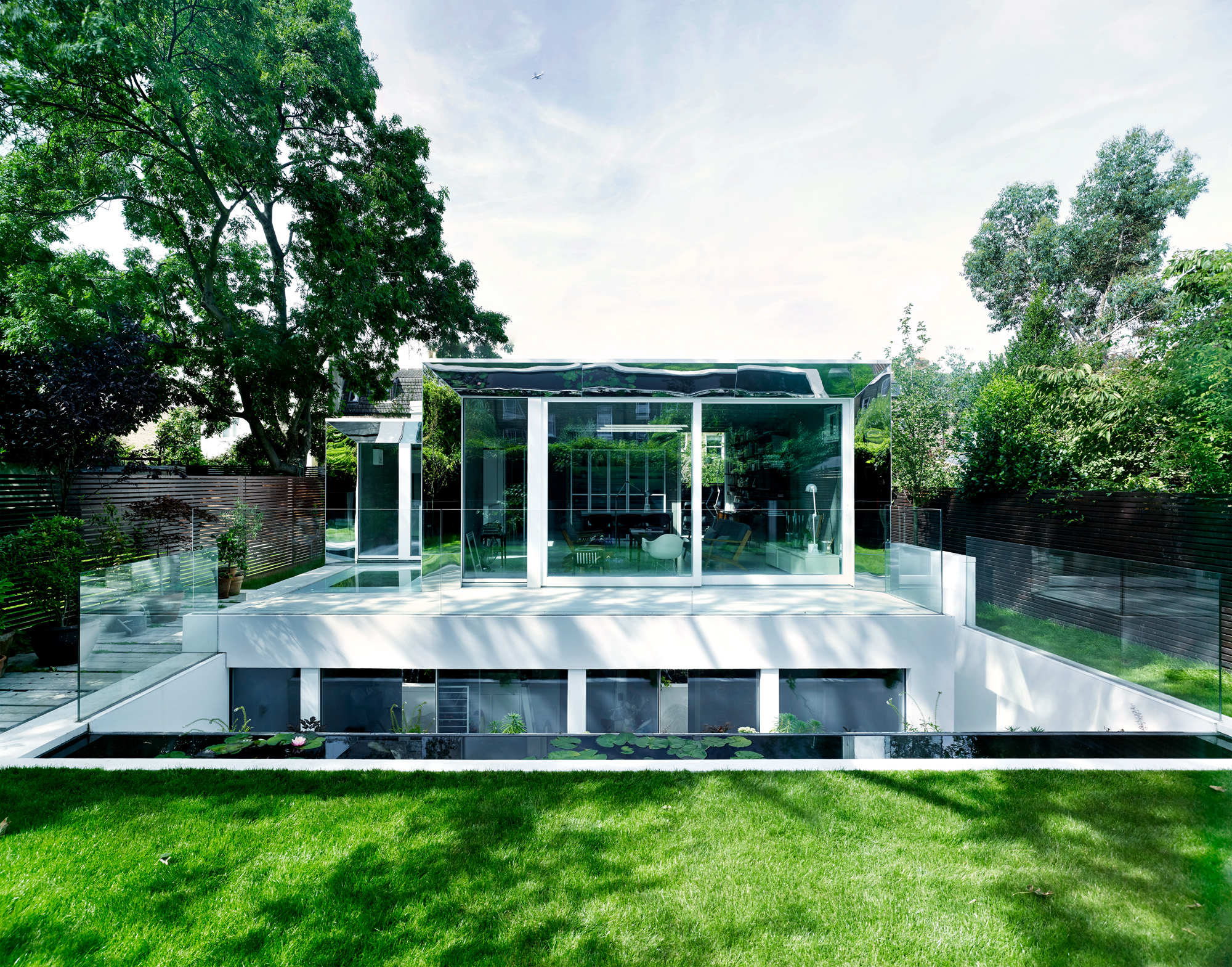 This modern Clapham house is nestled indulgently in its garden
This modern Clapham house is nestled indulgently in its gardenA Clapham house keeps a low profile in south London, at once merging with its environment and making a bold, modern statement; we revisit a story from the Wallpaper* archives
-
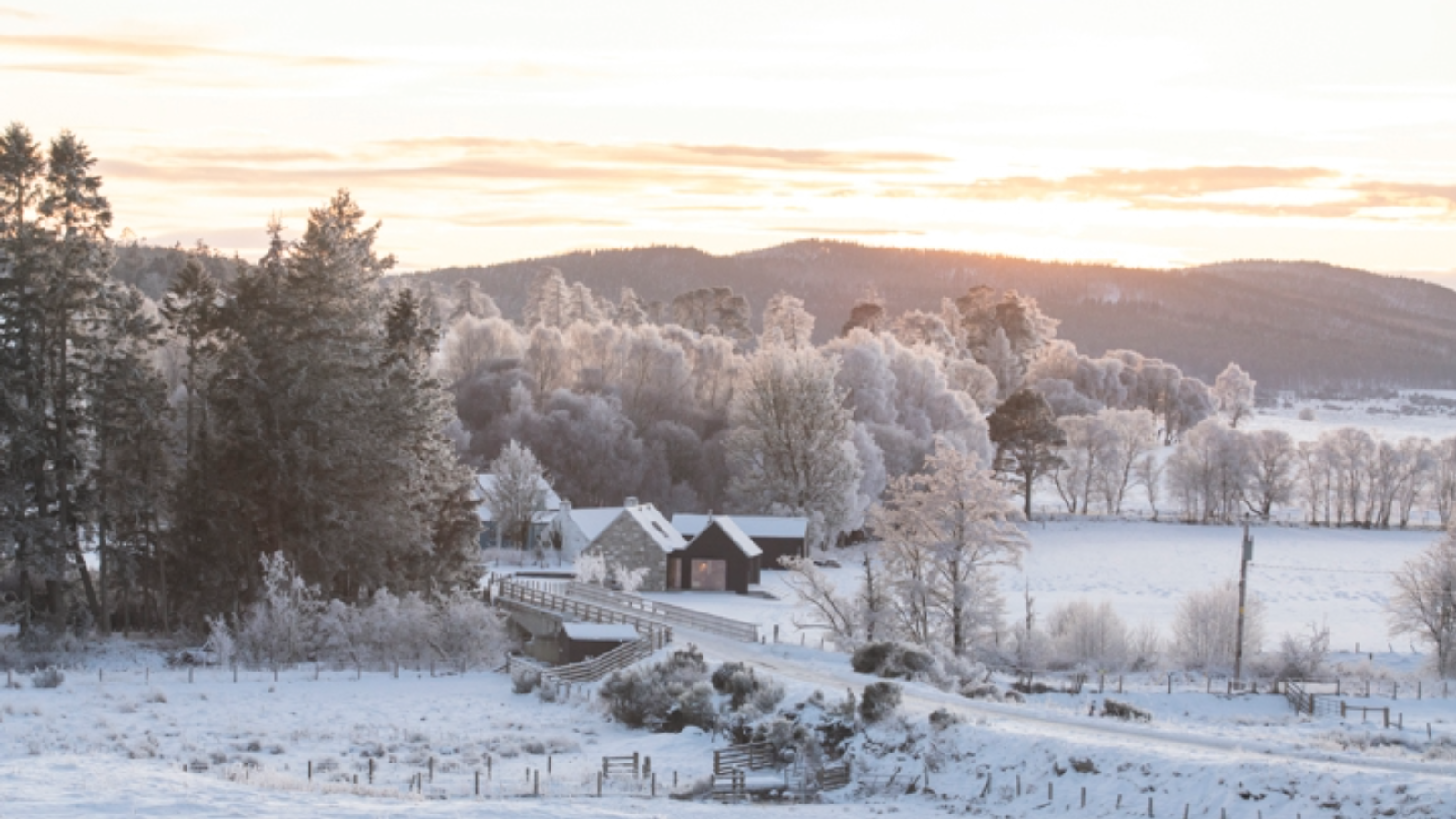 Step inside this perfectly pitched stone cottage in the Scottish Highlands
Step inside this perfectly pitched stone cottage in the Scottish HighlandsA stone cottage transformed by award-winning Glasgow-based practice Loader Monteith reimagines an old dwelling near Inverness into a cosy contemporary home
-
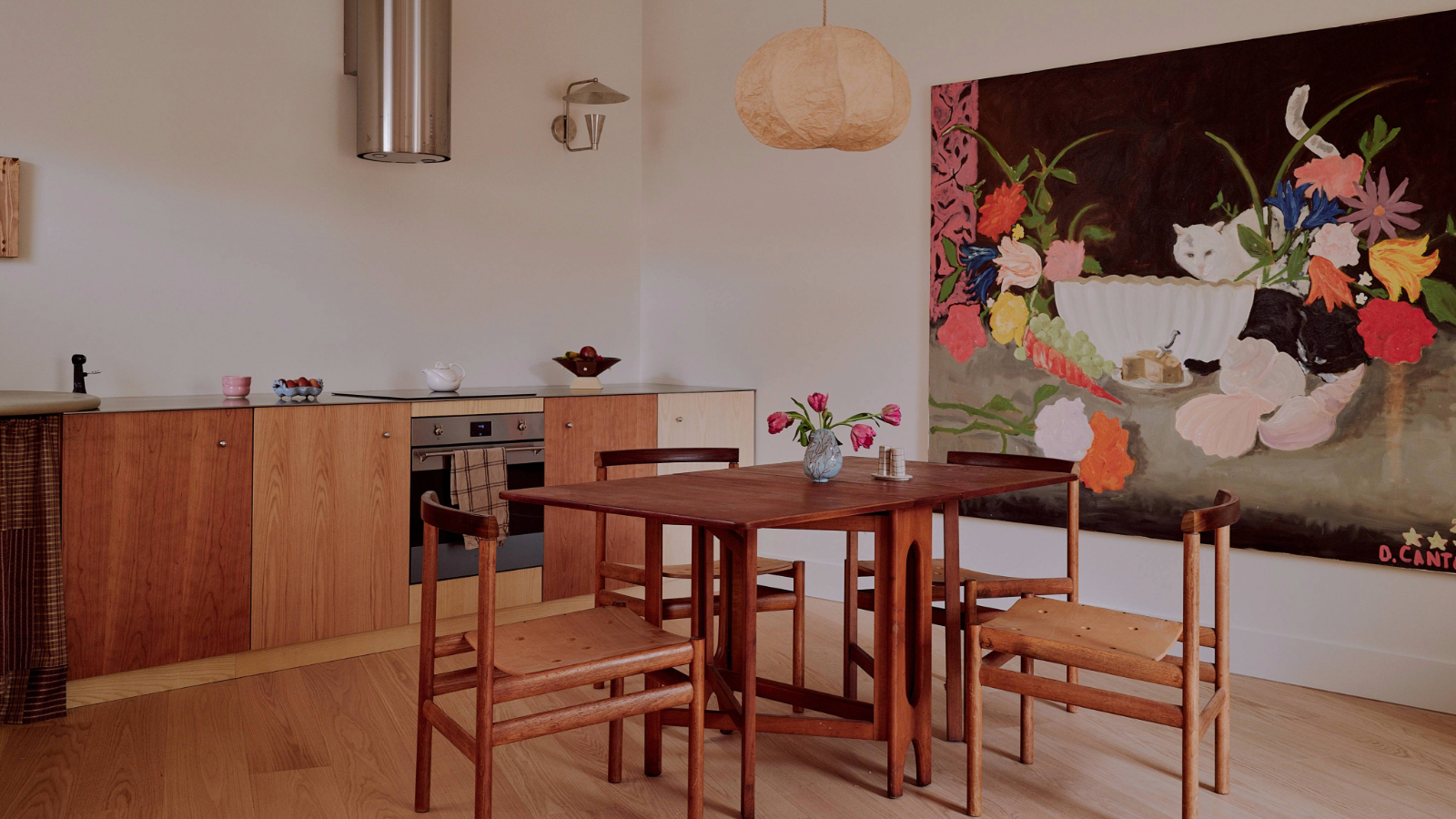 This curved brick home by Flawk blends quiet sophistication and playful details
This curved brick home by Flawk blends quiet sophistication and playful detailsDistilling developer Flawk’s belief that architecture can be joyful, precise and human, Runda brings a curving, sculptural form to a quiet corner of north London
-
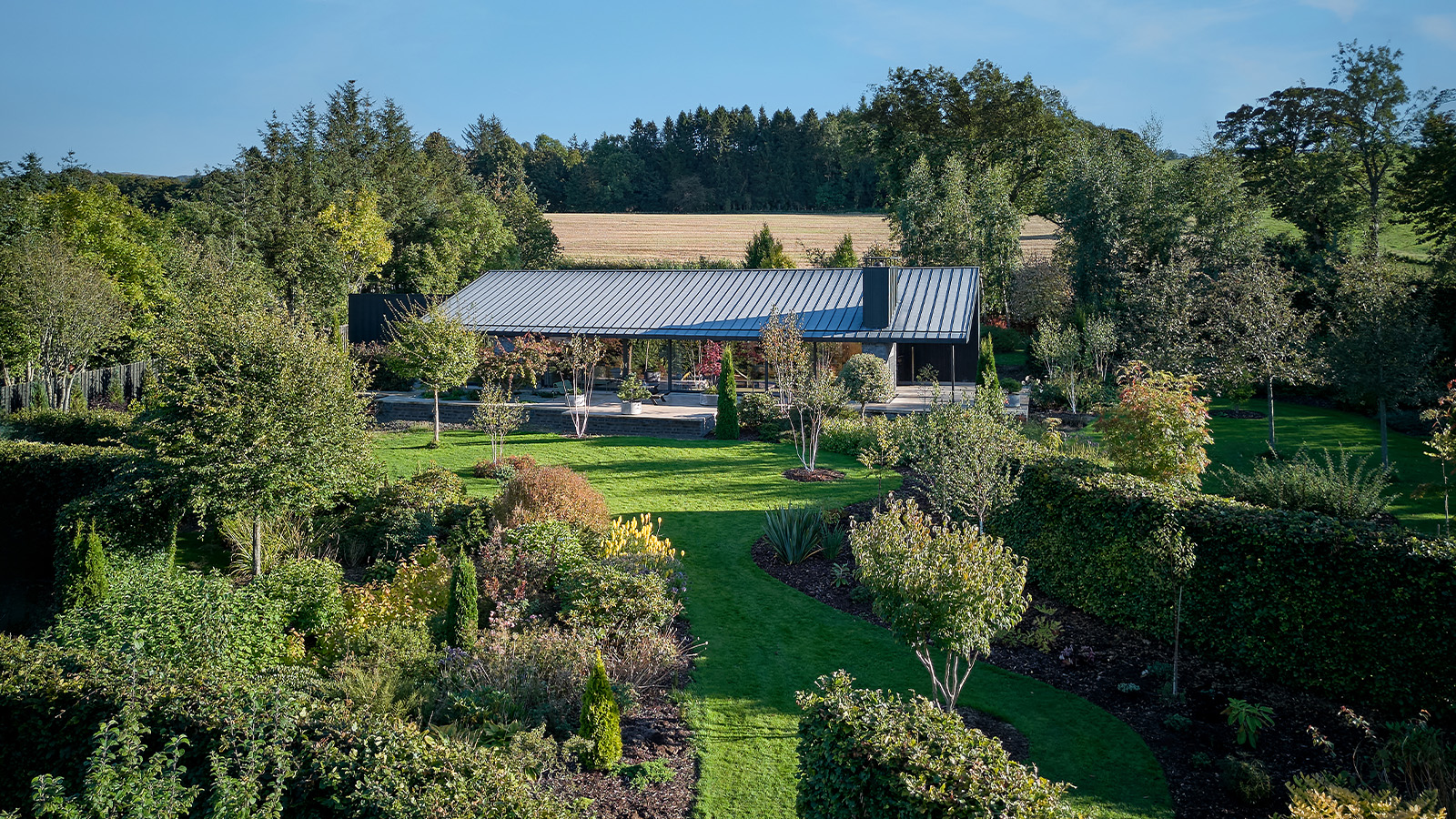 A compact Scottish home is a 'sunny place,' nestled into its thriving orchard setting
A compact Scottish home is a 'sunny place,' nestled into its thriving orchard settingGrianan (Gaelic for 'sunny place') is a single-storey Scottish home by Cameron Webster Architects set in rural Stirlingshire
-
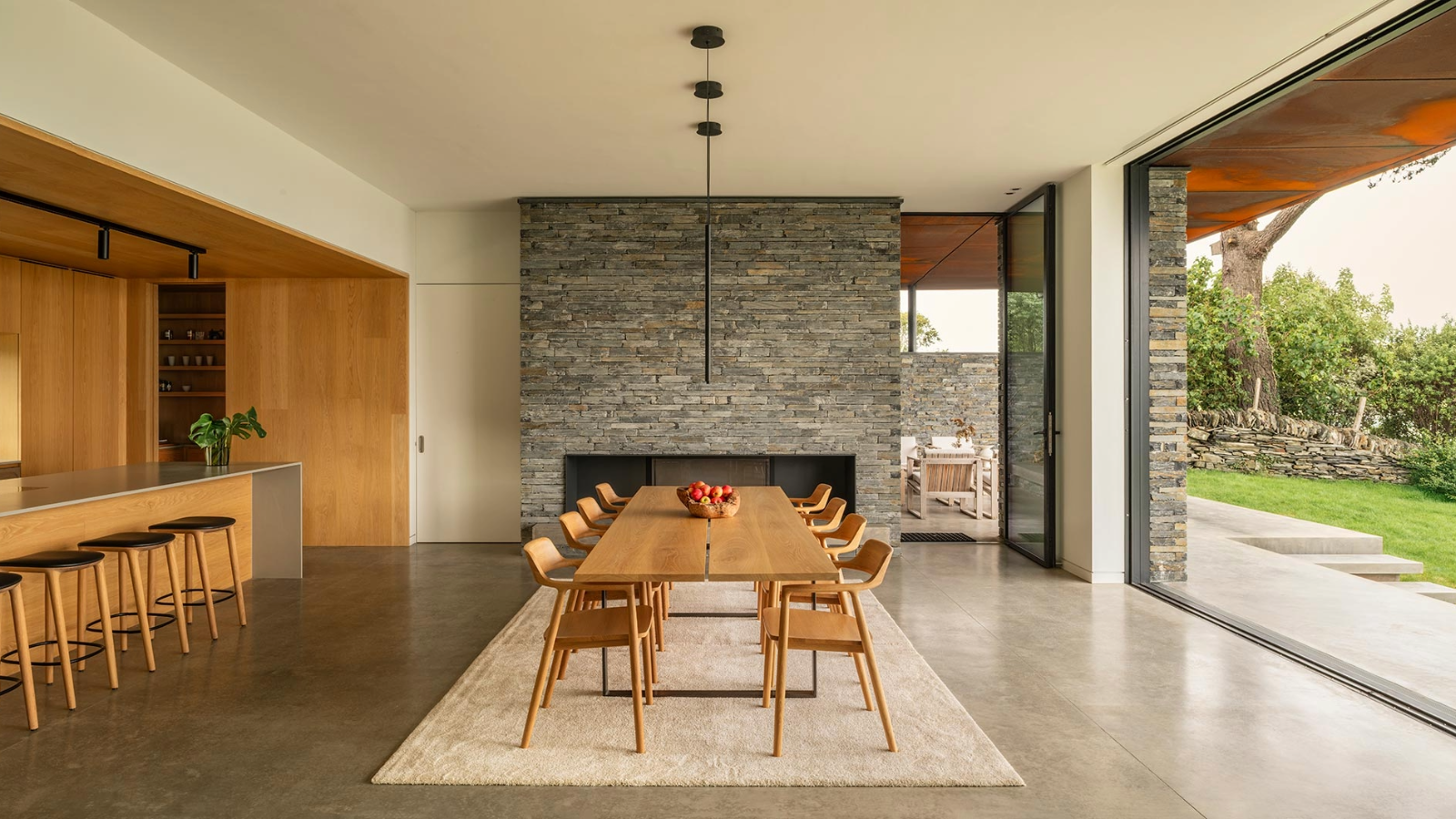 Porthmadog House mines the rich seam of Wales’ industrial past at the Dwyryd estuary
Porthmadog House mines the rich seam of Wales’ industrial past at the Dwyryd estuaryStröm Architects’ Porthmadog House, a slate and Corten steel seaside retreat in north Wales, reinterprets the area’s mining and ironworking heritage
-
 Arbour House is a north London home that lies low but punches high
Arbour House is a north London home that lies low but punches highArbour House by Andrei Saltykov is a low-lying Crouch End home with a striking roof structure that sets it apart
-
 A former agricultural building is transformed into a minimal rural home by Bindloss Dawes
A former agricultural building is transformed into a minimal rural home by Bindloss DawesZero-carbon design meets adaptive re-use in the Tractor Shed, a stripped-back house in a country village by Somerset architects Bindloss Dawes